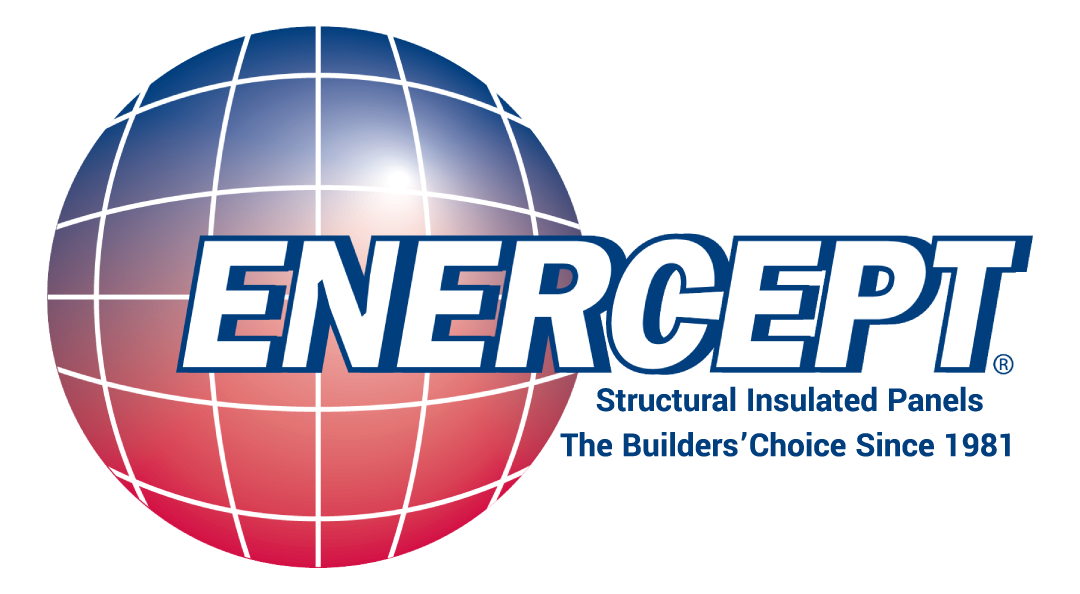The Path to Net Zero Energy Homes
Ultimate energy efficient homes like those built with Enercept Structural Insulated Panels (SIPs) creates a solution that benefits the environment as well as your wallet. A home built with Enercept SIPs can be up to 64 percent more efficient than a standard new home and is also the first step in building the ultimate energy efficient home.
Whether you’re following the path to a zero-energy home or a lifetime of savings on heating and cooling costs, it all starts with a Home Energy Rating System (HERS) Index calculated by a certified rater. HERS is the industry standard by which a home’s energy is measured and certified by a HERS rater. The rater inspects and tests a home in order to evaluate each of the minimum rated features and completes a Home Energy Rating according to the Residential Energy Services (RESNET) Standards. The lower the HERS rating, the more energy efficient the home. This rating has been developed by the Residential Energy Services (RESNET) – a non-profit organization which helps homeowners reduce their utility bills by making homes more energy efficient.
A HERS rating is an extremely cost-effective method which often yields a lifetime of energy savings. 
A home energy rating involves an analysis of a home’s construction plans and onsite inspections. Based on the home’s plans, the Home Energy Rater uses an energy efficiency software package to perform an energy analysis of the home’s design. This analysis yields a projected, pre-construction HERS Index. Upon completion of the plan review, the rater will work with the builder to identify the energy efficiency improvements needed to ensure the house will meet ENERGY STAR performance guidelines. The rater then conducts onsite inspections, typically including a blower door test (to test the leakiness of the house) and a duct test (to test the leakiness of the ducts). 
Results of these tests, along with inputs derived from the plan review, are used to generate the HERS Index score for the home.
According to RESNET, fewer than 20 percent of new single-family homes have a HERS rater perform an energy analysis on a home. That’s unfortunate because a HERS rater is an extremely cost-effective method which often yields a lifetime of energy savings. The most obvious reason to obtain a HERS rating is to produce the HERS index score. A good enough score will demonstrate energy code compliance and can qualify the home for certification from programs like ENERGY STAR, Zero Energy Ready and LEED.
HERS scores are designed for new homes (or homes after a complete renovation). When builders need to meet efficiency standards, they use the HERS Index. To get a HERS score, a house needs to be inspected by a certified RESNET rater. The process is extensive. The rater comes prepared with equipment. The inspection and assessment typically cost between $1,500 and $3,000, so it’s an investment. But energy improvements toward a good HERS score save homeowners more in the long run.
Here are some of the energy deficiencies the rater will look for:
- Air leaks in the building envelope
- Heating, ventilating, and air conditioning (HVAC) distribution duct leaks
- Any combustion risks
- Air infiltration rate
Some of the most common offenders are air leaks which let heat escape, requiring homeowners to use more energy to heat the home. Thermographic imaging can show exactly where the home is leaking energy.

